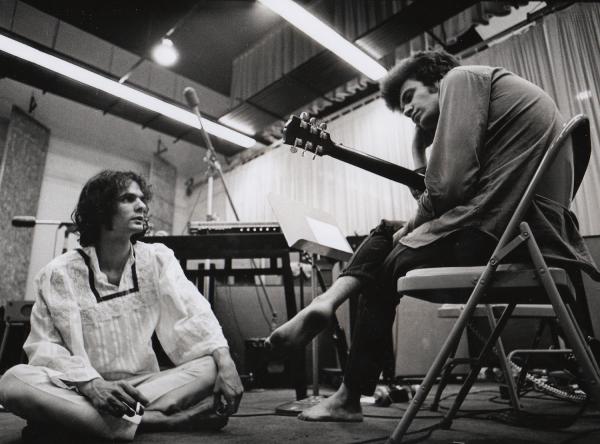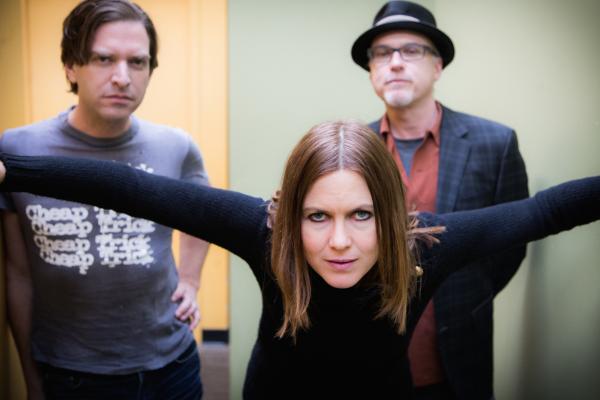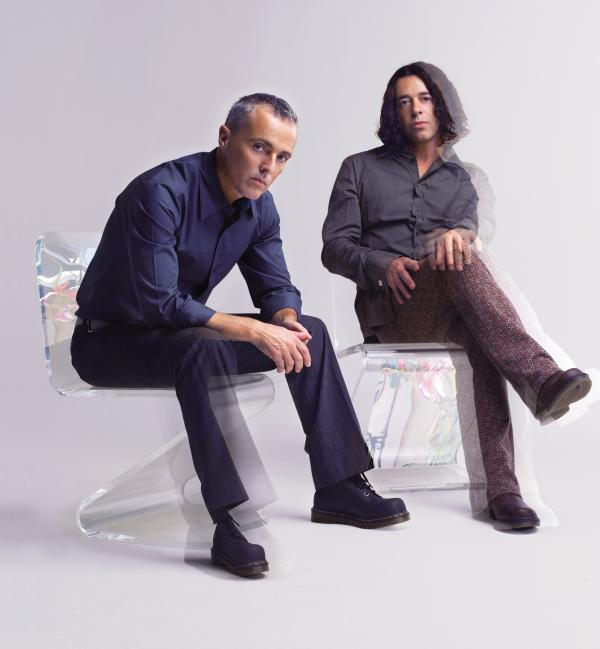Mike Mettler
|
Apr 29, 2015
|
Apr 09, 2015
|
Mar 25, 2015
|
Mar 12, 2015
|
Mar 02, 2015
|
Feb 25, 2015
|
Jan 28, 2015














